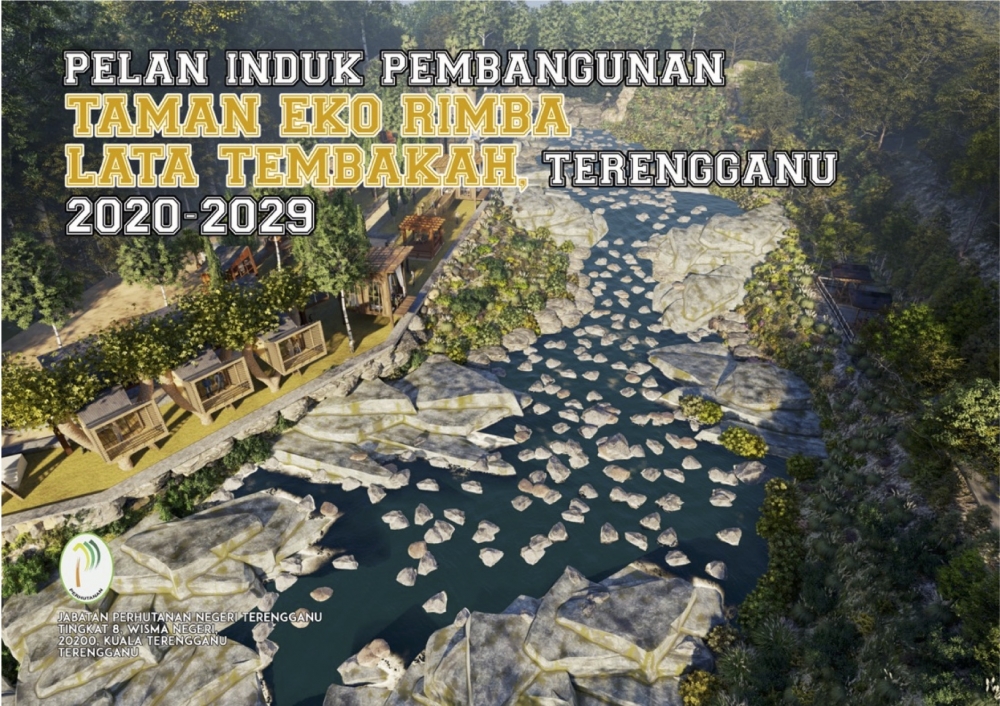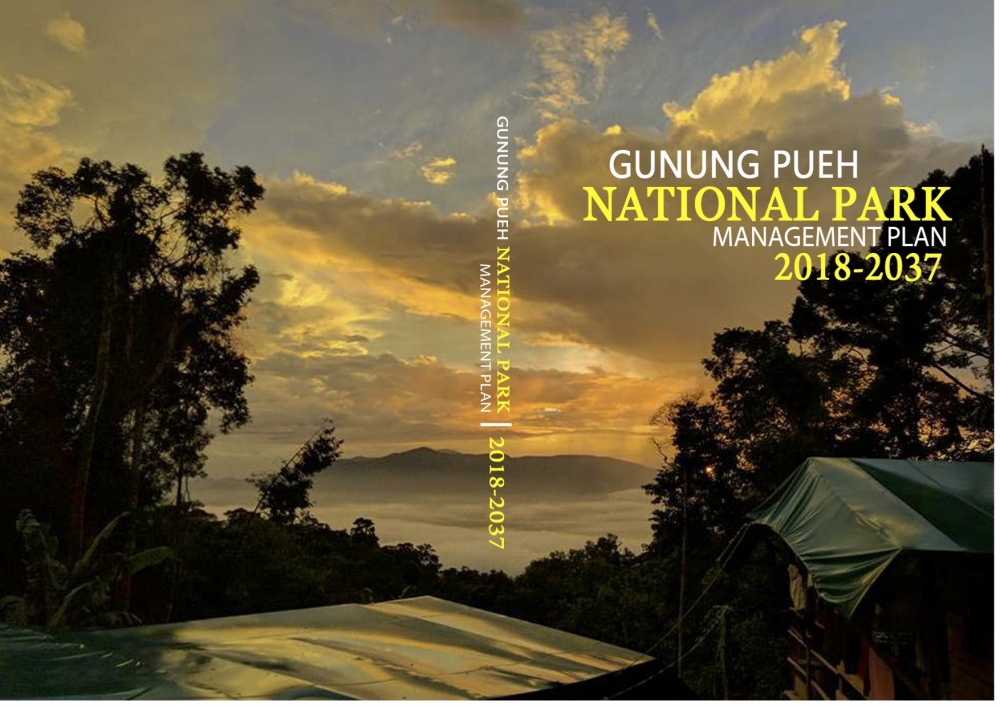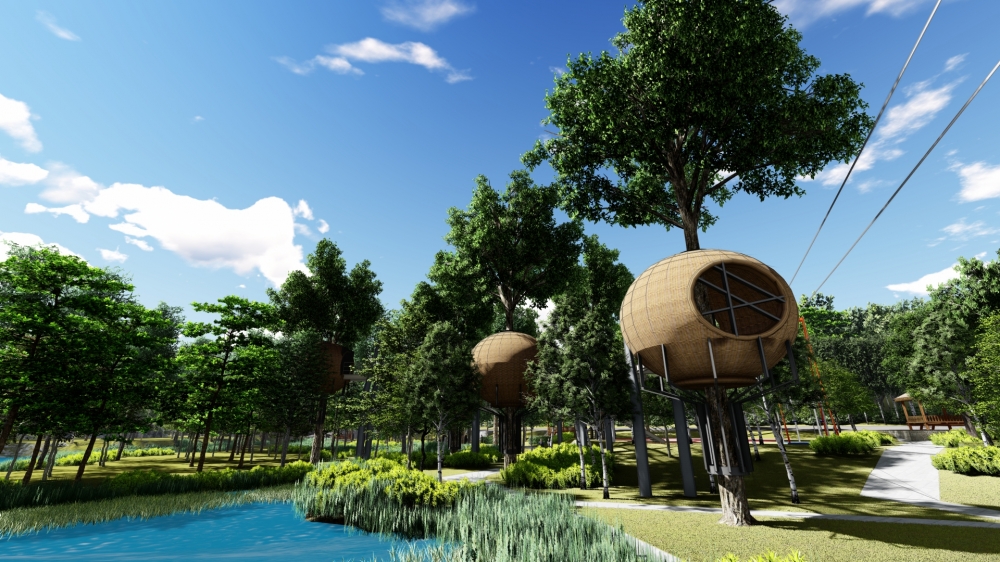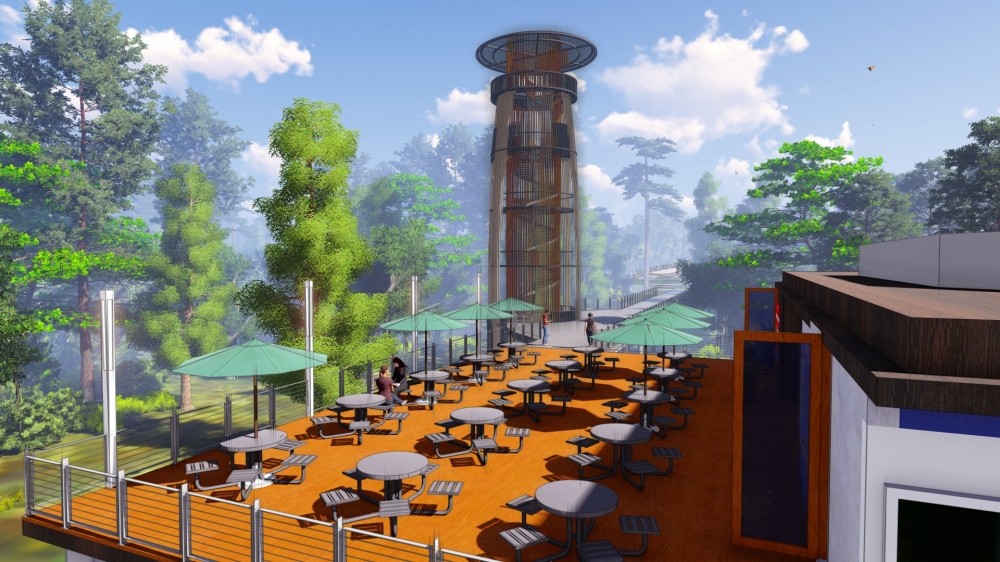
Planning For The Re-Development Of Recreation Forests In Malaysia: Creating Meaningful Visitor Experience
Planning is one of the key functions of managerial activities in a park. It is a set of activities that involve the process of thinking about what the park was set to achieve the desired goal-developing a strategy to achieve the goal and finally setting out ways to monitor and evaluate the results. A well-planned park requires systematic and coordinated efforts to ensure it will remain functioning and relevant to the people it intends to serve for years to come.
There are several factors leading to the need for proper recreation planning in Malaysia - resource management, economic and social. As most of the recreation forests are located in remote areas, away from major economic activities and surrounded by communities, managers are always needed to strike a balance between the conservation need and economic well-being of the communities. Past initiatives and research have pointed that community development cannot be separated from resource sustainability. From a social perspective, recreation forests are established to offer grounds for recreation activities, with the ultimate goal of creating a meaningful visitor experience.
Meaningful experience can be defined as 'those fulfilling, rewarding, and enriching (with new knowledge) experience'. For managers, this will involve creating and offering new activities, visitors-friendly services, and support by proper facilities. Due to the wide use of social media, the latter is expected to be unique and one-of-its-kind to meet visitors' expectations. To this end, recreation planning is required to move recreation forests from its current position to the desired future.
There are many types of plans: management, comprehensive, strategic, master, conceptual and recreation site. At times, these terms are used interchangeably and inconsistently, leading to confusion among the managers. In recreation planning there are usually two types of plans used - management plan and master plan. Briefly, a management plan is a general but comprehensive plan while a master plan can be considered as the strategic plan for a specific organization (for example, State Forestry Department) to use to develop a recreation forest.
To further differentiate between the two plans, a management plan is regarded as the document that provides integrated management objectives for natural and historic resources, including species management for recreation, tourism, and conservation purposes. Some management plans may contain specific sub-plan, including the Visitor Experience and Resource Protection Plan (VERP), Scenic and Open Space Plan, Commercial Service Plan (Marketing), Communication, Education, Public Awareness (CEPA) plan (including interpretation), and others as needed. Again, all the information is usually prepared in generic terms, although as in the master plan, both plans will contain some measurable actions to be taken. Steps delineated in a management plan will take longer, normally 10 years, to be completed.
A master plan is more focus, specific, and action-oriented compared to a management plan. Often, it will require to contain DGM - diagrams, graphics, and maps to represent the simplified version of the contents and have shorter time horizons (usually 5 years to complete). A more detailed master plan can be prepared for recreation forests such as Interpretation Master Plan, Development Master Plan, Conservation Master Plan, Strategic Marketing Plan, and so on.
There are several factors leading to the need for proper recreation planning in Malaysia - resource management, economic and social. As most of the recreation forests are located in remote areas, away from major economic activities and surrounded by communities, managers are always needed to strike a balance between the conservation need and economic well-being of the communities. Past initiatives and research have pointed that community development cannot be separated from resource sustainability. From a social perspective, recreation forests are established to offer grounds for recreation activities, with the ultimate goal of creating a meaningful visitor experience.
Meaningful experience can be defined as 'those fulfilling, rewarding, and enriching (with new knowledge) experience'. For managers, this will involve creating and offering new activities, visitors-friendly services, and support by proper facilities. Due to the wide use of social media, the latter is expected to be unique and one-of-its-kind to meet visitors' expectations. To this end, recreation planning is required to move recreation forests from its current position to the desired future.
There are many types of plans: management, comprehensive, strategic, master, conceptual and recreation site. At times, these terms are used interchangeably and inconsistently, leading to confusion among the managers. In recreation planning there are usually two types of plans used - management plan and master plan. Briefly, a management plan is a general but comprehensive plan while a master plan can be considered as the strategic plan for a specific organization (for example, State Forestry Department) to use to develop a recreation forest.
To further differentiate between the two plans, a management plan is regarded as the document that provides integrated management objectives for natural and historic resources, including species management for recreation, tourism, and conservation purposes. Some management plans may contain specific sub-plan, including the Visitor Experience and Resource Protection Plan (VERP), Scenic and Open Space Plan, Commercial Service Plan (Marketing), Communication, Education, Public Awareness (CEPA) plan (including interpretation), and others as needed. Again, all the information is usually prepared in generic terms, although as in the master plan, both plans will contain some measurable actions to be taken. Steps delineated in a management plan will take longer, normally 10 years, to be completed.
A master plan is more focus, specific, and action-oriented compared to a management plan. Often, it will require to contain DGM - diagrams, graphics, and maps to represent the simplified version of the contents and have shorter time horizons (usually 5 years to complete). A more detailed master plan can be prepared for recreation forests such as Interpretation Master Plan, Development Master Plan, Conservation Master Plan, Strategic Marketing Plan, and so on.

Figure 1. Development Master Plan for Lata Tembakah Eco Forest Park, Terengganu

Figure 2. Management Plan for Gunung Pueh National Park, Sarawak
For years, such plans have been prepared in the country by employing the same planning tools - Recreation Opportunity Spectrum (ROS) and Outdoor Recreation Resource Inventory (ORRi). ROS is essentially a zoning system of parks based on the pre-set management objectives, while ORRi is used to create a database on the type, number, and location of recreation sites, use areas, facilities, and cultural and natural resources in the planning area. Recently, several new recreation planning frameworks have been used in combination with ROS and ORRi (Table 1).

Table 1. New Recreation Planning Frameworks
In preparing a master plan, these frameworks are sometimes used in tandem depending on the expected outcomes of the initiative. Among these, VOREP is preferred due to its practicality and convenience to use. Combined with ORRi, ROS, and other field assessments, including community needs and market scanning, strategies for the development of specific recreation forests can be prepared. Among such strategies, the most important is the Conceptual Plan, in which the proposed design, material to use, estimated costs, and prioritized actions are presented.
In conclusion, planning for the re-development of recreation forests is a necessity - to protect the natural resources while providing a place for public enjoyment and having a meaningful experience. For forest managers, it is an opportunity to create a new and positive image for the forest and to use available recreation resources wisely to optimize the potential of the area.

Figure 3. Conceptual plan 1

Figure 4. Conceptual plan 2
